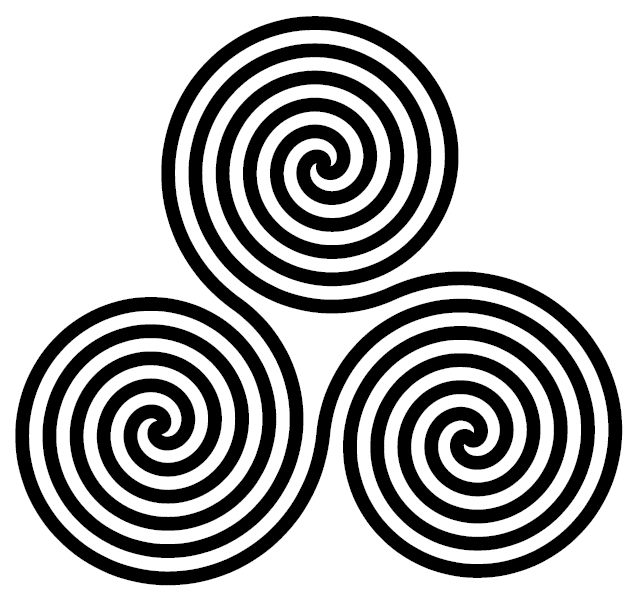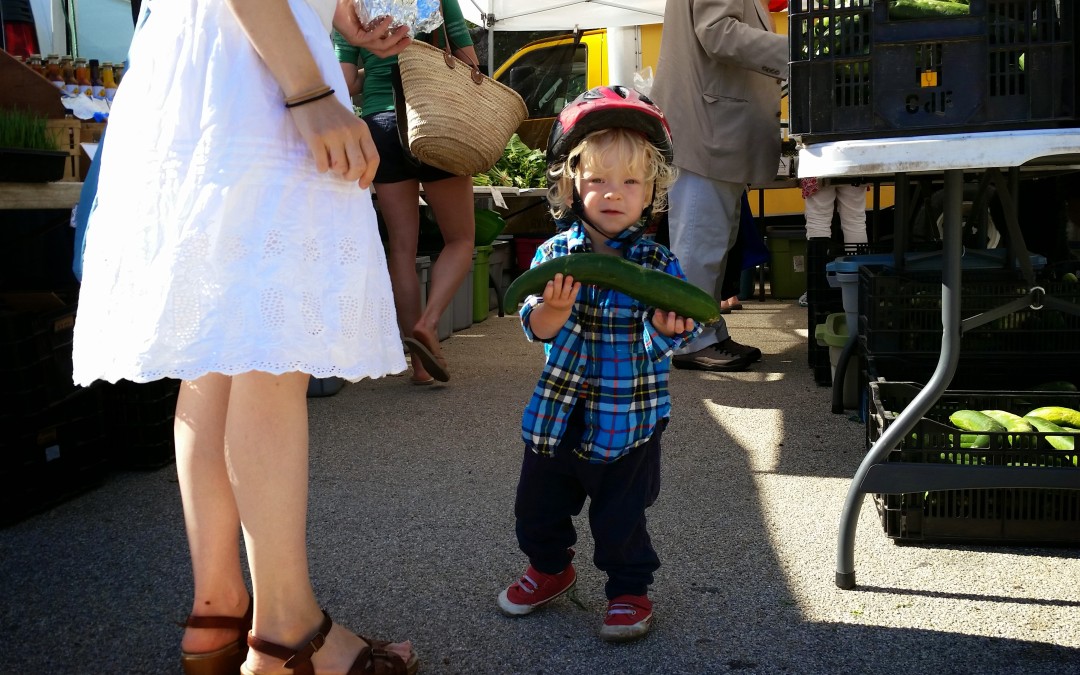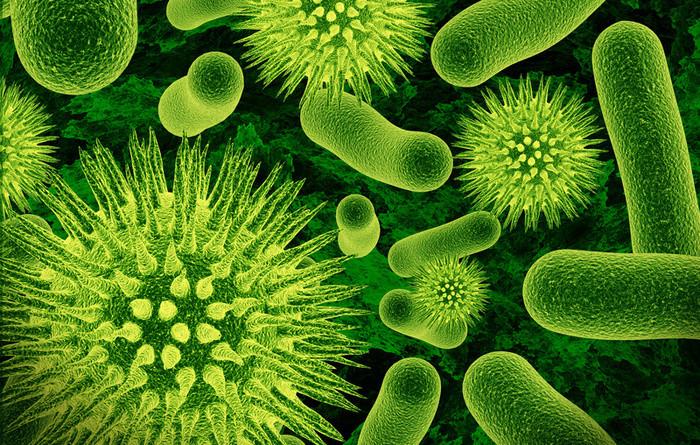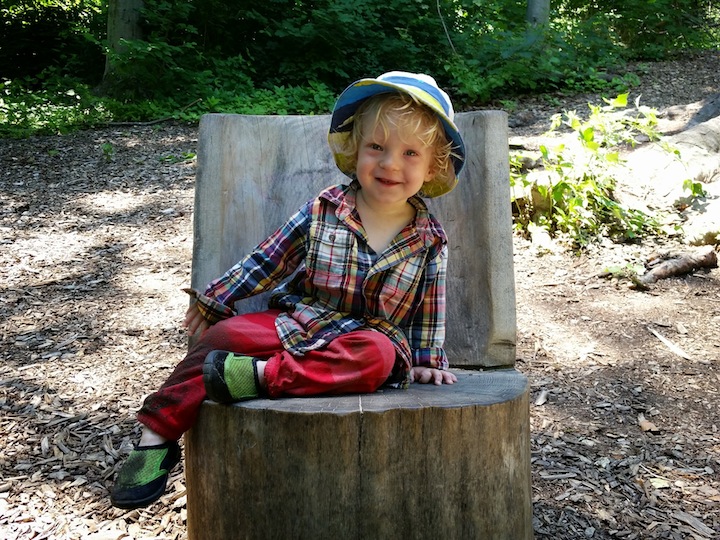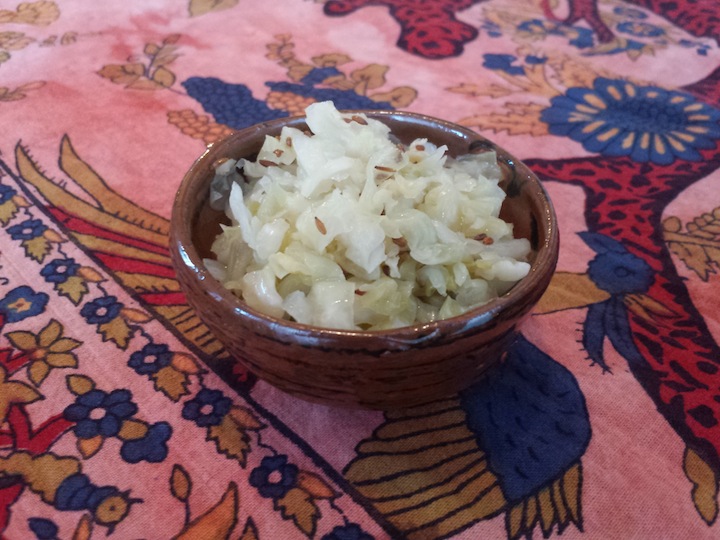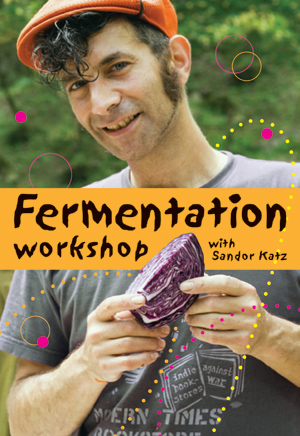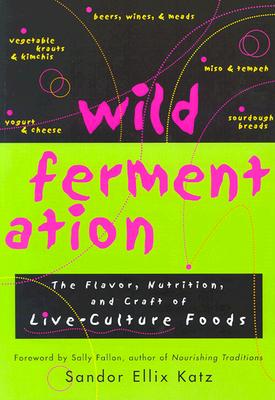Last week, we started exploring the art of fermentation. The kitchen is full of science experiments. Makeshift crocks huddle on the counter. Each morning, we peek under their cloth covers and take a taste.
I’d long been hearing that fermented foods can be good for our health. Containing large numbers of probiotic bacteria, foods like sauerkraut may be one way that diet can have a positive impact on gut flora. We are only beginning to learn about the role of the gut in maintaining health, but mounting evidence suggests it’s highly significant.
According to Michael Pollan, in his article, “Some of my Best Friends are Germs,” our microbes are so important that it might even be considered a misnomer to refer to ourselves in the singular. For a species that’s home to several hundred microbial species, some 100 trillion bacteria, we might be more accurate calling ourselves a “we.”
As Pollan writes, “it turns out that we are only 10 percent human: for every human cell that is intrinsic to our body, there are about 10 resident microbes. . . To the extent that we are bearers of genetic information, more than 99 percent of it is microbial. And it appears increasingly likely that this “second genome,” as it is sometimes called, exerts an influence on our health as great and possibly even greater than the genes we inherit from our parents. But while your inherited genes are more or less fixed, it may be possible to reshape, even cultivate, your second genome.”
Wow. Cool!
So lately I’ve been watching my one year old son learning to walk and speak. And while I take joy in his daily accomplishments, I have to confess, I’ve also been thinking about his microbes. Sadly, Ember’s had three unavoidable courses of antibiotics in his life. If this new science is accurate, each one of these has devastated his internal bacteria, since “good” bacteria are killed off along with the “bad”.
Moreover, his microbial colony has been ill fated from the beginning, it seems. Despite our intention of having a home birth, Ember was delivered by emergency Cesarian. This means that he missed out on another important microbial event– the passage through the birth canal. Scientists now believe that this moment is incredibly important microbially, as it is the time when the newborn receives his initial, founding colony of microbes, that which is passed from mother to child.
Our birth experience was challenging, and not what I had hoped for. But this part of it makes me especially sad. I trust that we can recover from the emotional trauma of all that unfolded in those difficult first days. In any case, I know we’ll work at it. But science is inconclusive about how to make up for all of those microbes. Nursing, we know, is important. Nursing, check. We also know it’s healthy for babies to get dirty. So I now let Ember get a lot dirtier than I might have otherwise.
Dog kisses are good too, apparently. (!) Happily, at one year old, Ember’s already had his first french kiss– a friend’s terrier named Lily. One of Lily’s delights in life is licking the mouth of a laughing baby. (Thank goodness for our more experienced mama friends how help us relax and enjoy these moments.)
While there’s a lot we don’t know about our inner microbial gardens, it’s likely that diet plays a role. Increasing our intake of fermented foods may be one way to bring more good, living bacteria into our system. Hence, my new passion!
For it turns out that these things are not only good for us, they are also tasty.
Who knew that a pickle could be anything other than a cucumber? Who knew that it could taste so crisp, so delicious? In my childhood, pickles were bloated green things floating unappetizingly in plastic bags at the bodega. Now, pickles means carrots, sauerkraut, beets, eggplant, garlic, eggs, shining jars of bold colors. Things that would be prohibitively expensive for us to buy as prepared foods, I can now make myself in the comfort of my own kitchen.
Today’s experiments– sauerkraut with caraway seeds and juniper berries, carrots pickling in brine pungent with garlic and thyme, a sourdough starter of millet and buckwheat.
So far, I don’t know much about the science of fermentation, that is, how the chemical process works, but I am learning the art. We chop up cabbage and mix it with salt, rubbing and kneading the leaves with our hands. The salt draws out liquid from the leaves. We mash and crush, until leaves once dry begin to brine in their own juices. We push the vegetables down into their brine, holding them down with a weighted plate or a mason jar. We cover the jar with muslin, so that air can still circulate. Then we wait and watch, tasting daily.
The first day, the cabbage tastes salty. The second, fermentation has begun, but the salty taste is dominant. The third day, the fermentation begins to overpower the salty taste. The cabbage is pungent, the taste sparkles on the tongue. Not sour, but lively. Each day, this liveliness increases, as the fermentation intensifies. We taste it daily until it’s at a point we like. Then we stop the process, capping the jar and putting it in the fridge.
For anyone wanting to try it, here’s our mentor, and our manual– “Wild Fermentation”:
Looking at all of these jars lined up on the counter, I think of the alchemists of yore, hunched over their vials and flames to bring forth gold. I wonder at the alchemy going on in my own kitchen, the power of those invisible multitudes, and the unseen agency of air.
